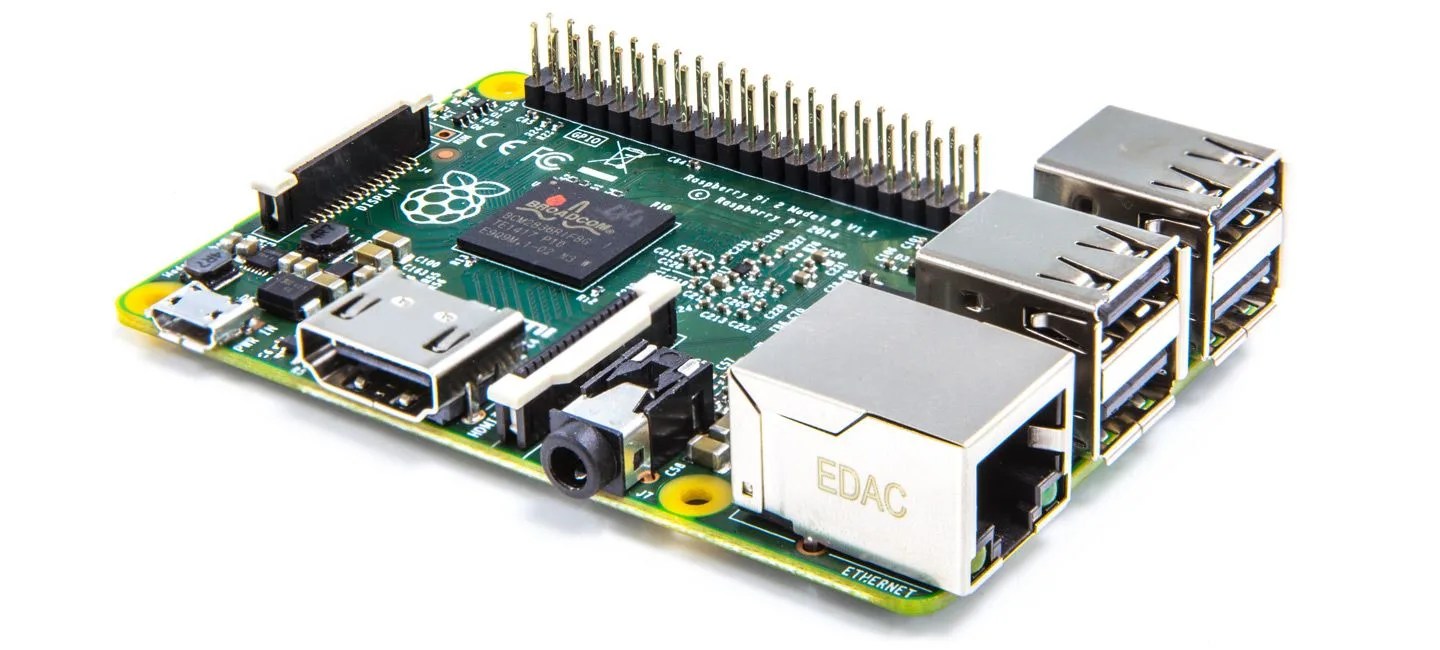??CRYPTED
Editor’s Note:For most of us, the wide world of technology is a wormhole of dubious trends with a side of jargon soup. If it’s not a bombardment of startups and tech trends (minimum viable product, Big Data, billion dollar IPO!) then it’s unrelenting feature mongering (Smart Everything! Siri!). What’s a level-headed guy with a few bucks in his pocket supposed to do? We’ve got an answer, and it’s not a ?+Option+Esc. Welcome to Decrypted, a weekly commentary about tech’s place in the real world. We’ll spend some weeks demystifying and others criticizing, but it’ll all be in plain english. So take off your headphones, settle in for something longer than 140 characters and prepare to wise up.
Barring a significant change in course, history tells us that the computers of tomorrow will be faster, smaller, better and cheaper than the computers of today. We began with warehouse-sized machines that were barely capable of basic algebra, and we’ve arrived at the Raspberry Pi. For those unfamiliar with the term, it’s a full-fledged computer that can fit snugly inside of an Altoids tin, and it costs just $35. Contrast that with the towering beige box that millions of Americans were purchasing from the likes of Dell and Gateway a score ago, and you’ll realize that we’ve come a very long way in a brief period of time.
MORE NUMBER CRUNCHERS: 27-Inch iMac with 5K | Best Lightweight Laptops | The World’s Most Advanced Cycling Computer
The Raspberry Pi is special for a few reasons. For one, it’s not vaporware. Optimists have been promising impossibly cheap PCs for decades, but tangible results have been few and far between. The latest Pi — known as the RasPi 2 — proves that there’s enough demand for cheap, tiny PCs that an unheard-of company could produce not just an initial model, but a followup. Second, it’s not mobile. One would think that this would hurt sales — desktops as a whole have been declining for some time now in favor of laptops, tablets, phablets and less stationary options. And yet, the $35 price tag keeps the Pi 2 popular.
It’s a full-fledged computer that can fit snugly inside of an Altoids tin, and it costs just $35.
In addition to the board, you’ll need a monitor, a keyboard, a mouse and (ideally) a wireless Internet signal. Think of it this way: the Pi 2 takes the place of that giant beige desktop you had a decade ago, but you’ll still need an assortment of accessories to actually interact with it. In practice, many who purchase the Pi 2 load a version of the open-sourced Linux operating system onboard in order to write code for apps or other robotics projects. Others program the board to be the brains of a larger operation; for instance, DIYers have installed Pi computers into cars in order to bring Spotify and YouTube viewing to the console. Since it’s a fully open system, you can just plant a basic screen in the dashboard, tether your smartphone for Internet access and connect an embedded microphone to control it all using your voice. Patient souls can go so far as to use it for browsing the Web and checking email — it’s a full-fledged computer, after all.
In a sense, the Raspberry Pi, BeagleBone, LinkIt ONE, Edison and countless other small, inexpensive Linux machines are establishing a new world order for computing. Here’s a look at how.
